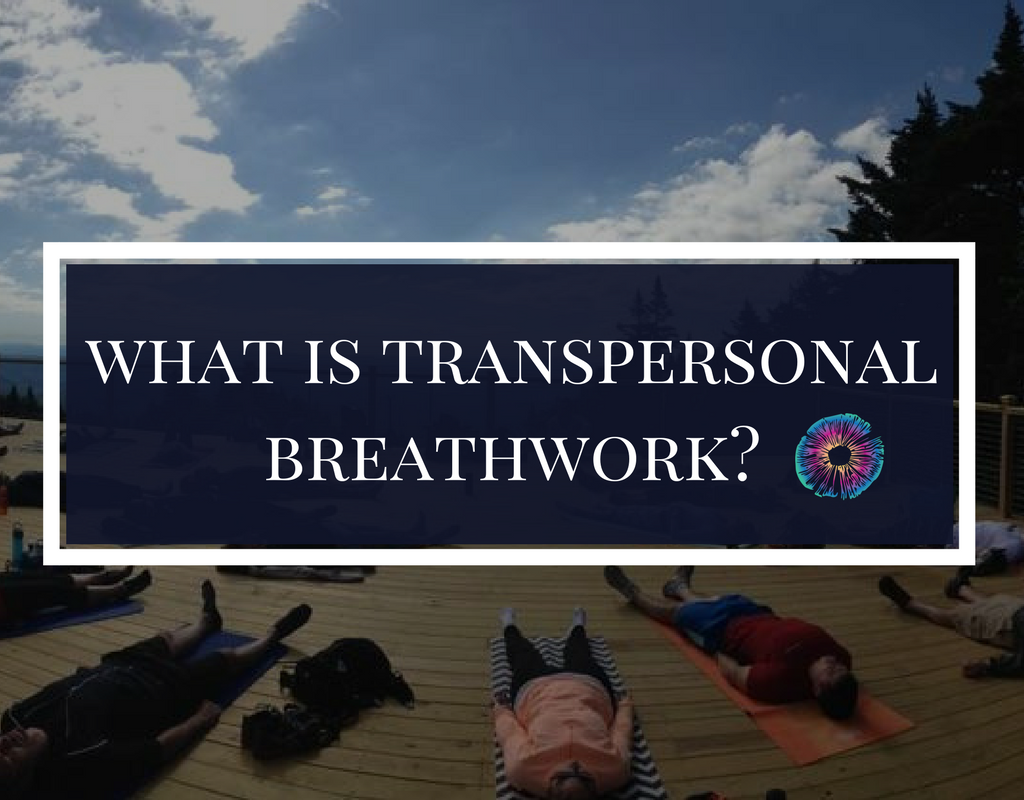What is breathwork and Transpersonal Breathwork? Kyle and Joe talk about the components and mechanics of breathwork and share some personal experiences. Breathwork is a topic that is brought up often on Psychedelics Today, so here is a more in-depth discussion about what it is. The form of breathwork that Joe and Kyle are trained in is Transpersonal Breathwork. More about this practice below.

About Dreamshadow Transpersonal Breathwork
From dreamshadow.com
Dreamshadow Transpersonal Breathwork is an applied, practice-linked philosophy that uses the method of Stanislav Grof’s Holotropic Breathwork as a modern shamanic practice for self-discovery through cathartic re-experience of events from a person’s biographic history and the process of birth, as well as the potential apprehension of archetypes and events in the cosmos.
The experiential aspect of Dreamshadow Transpersonal Breathwork uses a combination of group process, intense breathing, evocative music, body work, and expressive drawing.
The term “transpersonal” refers to those experiences where our sense of self-identity expands beyond our personal biography and ego boundaries and transcends the usual limitations of time and space. These experiences facilitate deeper understanding of ourselves, our relation to others and our place in the universe. They help us gain increased comfort in daily life and a spiritual intelligence that fosters calm and optimism amidst the difficulties of the world.
Dreamshadow Transpersonal Breathwork draws on the work of William James, Carl Jung, Abraham Maslow, Stanislav Grof and others. Grof is a pioneering psychedelic researcher, investigator of exceptional human experiences and cofounder of the transpersonal psychology movement. Together with his wife Christina Grof, he developed Holotropic Breathwork, an inspiration of Dreamshadow Transpersonal Breathwork, Integrative Breathwork and other methods. In his book The Holotropic Mind, Grof describes Holotropic Breathwork as a seemingly simple process with “extraordinary potential for opening the way for exploring the entire spectrum of the inner world.”
5 Components of Breathwork
- Intense Breathing – Deep circular breathing with a minimal pause in between the in and out breaths. There is no “right” technique, but to intensify and deepen one’s breathing.
- Evocative Music– A music setlist is created to help drive the breathing session. The music is typically all instrumental with no distinguishable language. There are often times when music with foreign languages will be used because of the lack of context. The music setlist is around two to three hours long.
- Focused Bodywork – Emotional energy can become stuck in the body. To help assist with stuck emotional or physical energy, bodywork is performed to help release the energy. Bodywork can also be in the form of support by offering a hand to hold.
- Expressive Drawing – After the breathwork session, participants are asked to create a mandala or drawing. This helps to process the experience without language or words and can be very symbolic. This process helps to integrate the experience.
- Group Process– We are social creatures. As Lenny Gibson states, “we are the descendants of successful tribes.” We need one another to survive in the world. The group helps to form a safe container for participants to dive deep into their psyche and being. The group holds the space for a healing process to occur.
Links & Notes
- Dreamshadow: Holotropic Breathwork, Personal Development, and Transpersonal Education
- SettingSun Wellness – Kyle’s breathwork page
- Breckenridge Breathwork – Joe’s breathwork page
- Grof Transpersonal Training
- Stanislav Grof







